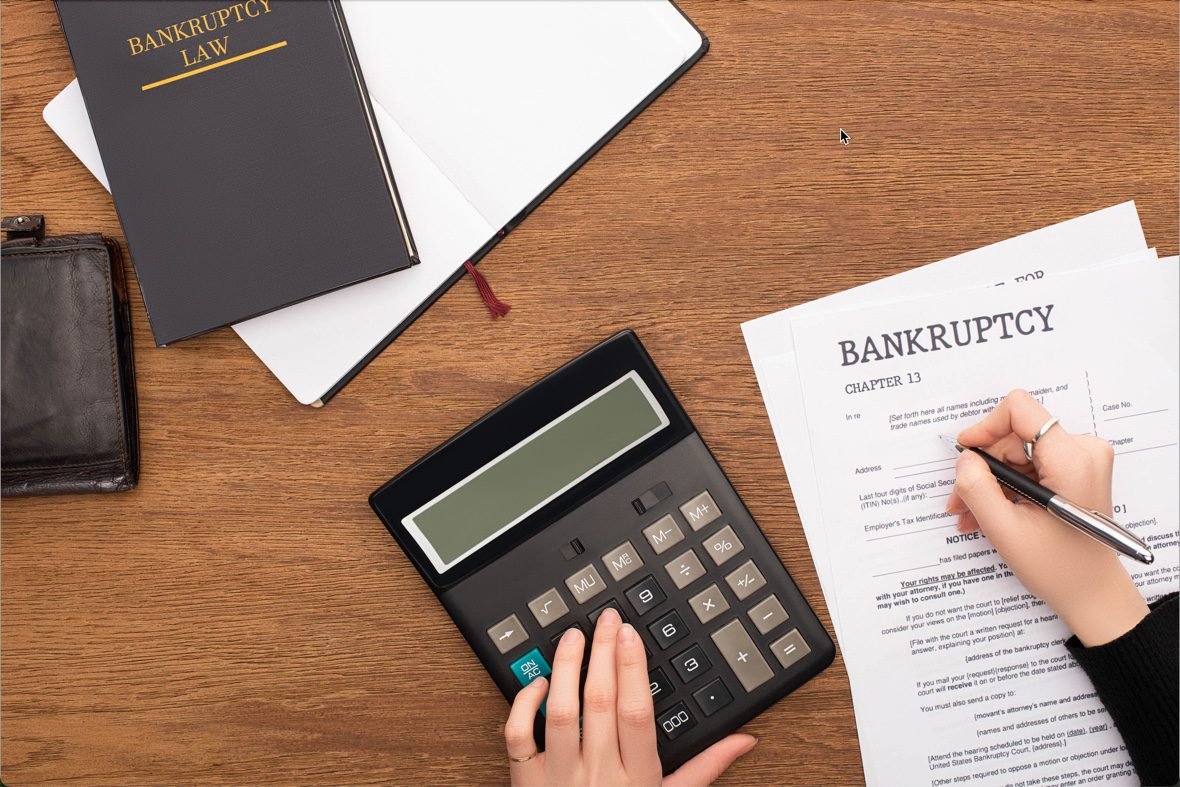Blog
What Can I Expect During the Bankruptcy Process?


Facing bankruptcy can feel like standing at the edge of a cliff, unsure of what’s below. The fear of the unknown—how it will affect your life, your future—can be paralyzing. You’ve reached a point where you know it’s time to take this step, but long-engrained myths and misunderstandings are holding you back.
Feeling scared is natural, but at Wright Family Law Group, we’ve spent years helping clients navigate the complexities of bankruptcy. We’ve helped people realize that bankruptcy isn’t an end—it’s a new beginning, a chance to take back control of your life and financial future. In this post, we’ll walk you through the bankruptcy process, covering everything from practical steps to the emotional impacts, so you can move forward with clarity and confidence. Let us help you ease your concerns and discover how this journey can lead to the fresh start you deserve.
Understanding the Bankruptcy Process
Your bankruptcy process will vary depending on the type of bankruptcy you file for, but it generally follows a series of structured steps. Here’s what to expect.
Assessing Your Financial Situation
The process begins with an honest assessment of your financial circumstances. This includes sitting down with a bankruptcy lawyer to review all your debts, assets, income, and expenses to determine which type of bankruptcy fits your needs. The two main types of bankruptcy are:
Chapter 7 Bankruptcy
Chapter 7 bankruptcy involves selling off non-exempt assets to pay creditors. Commonly, people filing for Chapter 7 are able to retain essential property, such as their primary residence, cars, or household items, thanks to exemptions provided by law. The process typically lasts around 4 to 6 months and results in the discharge of most debts, such as credit cards or medical bills.
Chapter 13 Bankruptcy
Chapter 13 bankruptcy allows you to restructure your debts into a repayment plan, typically lasting 3 to 5 years. Unlike Chapter 7, you won’t need to sell assets to repay creditors. Instead, consistent monthly payments are made under court supervision.
Filing the Necessary Paperwork
Once you’ve made the decision to proceed, filing begins with submitting detailed documentation to the court. This includes your financial records, such as:
- Bank statements
- Tax returns
- Pay stubs
- A comprehensive list of debts and assets
This stage also requires completing a pre-bankruptcy counseling course, which educates individuals about financial management and debt relief alternatives. Post-filing, you’ll gain the protection of the automatic stay, which prevents creditors from taking actions like wage garnishment, foreclosure, or collection calls. It’s like hitting “pause” on financial stress.
Meeting with Creditors
After filing, you’ll attend a 341 Meeting of Creditors, where creditors can ask about your financial situation. While the thought of such a meeting might sound intimidating, it’s typically straightforward. With an experienced bankruptcy lawyer by your side, you’ll feel prepared and supported.
Debt Discharge
The final step in your bankruptcy process is the discharge of your debts (or the conclusion of your repayment plan in Chapter 13). Once discharged, your eligible debts are permanently forgiven, allowing you to move forward without the burden of overwhelming financial obligations.
The Impact of Bankruptcy on Your Credit and Employment
One common concern about bankruptcy is its long-term impact, particularly on credit and employment. While there are consequences, they may not be as daunting as you might imagine.
Credit Score and Financial Rebuilding
Bankruptcy remains on your credit report for 7 years (Chapter 13) or 10 years (Chapter 7). However, this doesn’t mean your financial future is ruined. Many individuals find that their credit score begins to rebound within just 1-2 years post-bankruptcy as they take proactive steps to rebuild their financial reputation.
Quick Tips to Rebuild Credit After Bankruptcy:
- Apply for a secured credit card and make timely payments.
- Monitor your credit report regularly to ensure accuracy.
- Practice responsible financial habits by sticking to a budget and joining a financial review program.
Employment and Bankruptcy
For most people, bankruptcy has little to no effect on employment. Most employers don’t conduct credit checks unless hiring for specific industries, such as finance. Even if such checks are required, you must provide authorization before they can access your records. Bankruptcy is a personal financial matter, and many employers will not focus on it unless it directly impacts job duties.
How Bankruptcy Impacts Your Daily Life
Privacy Concerns
While bankruptcy filings are technically public records, the reality is that very few people actively seek out this information. Unless you choose to share it, it’s unlikely your bankruptcy will become broadly known. Most public records are only reviewed by creditors or financial institutions.
Emotional Relief
Perhaps one of the most transformative effects of filing for bankruptcy is its emotional impact. For many, the process feels like a weight being lifted. No more calls from collection agencies. No more sleepless nights worrying about unpaid bills. Instead, there’s a clear path toward recovery and hope.
Move Forward with Confidence
Filing for bankruptcy can feel like a daunting process, but you don’t have to face it alone. With Wright Family Law Group, you’ll have experienced legal professionals dedicated to understanding your unique needs and guiding you every step of the way. Take the first step toward financial freedom—contact us today to schedule your consultation.



